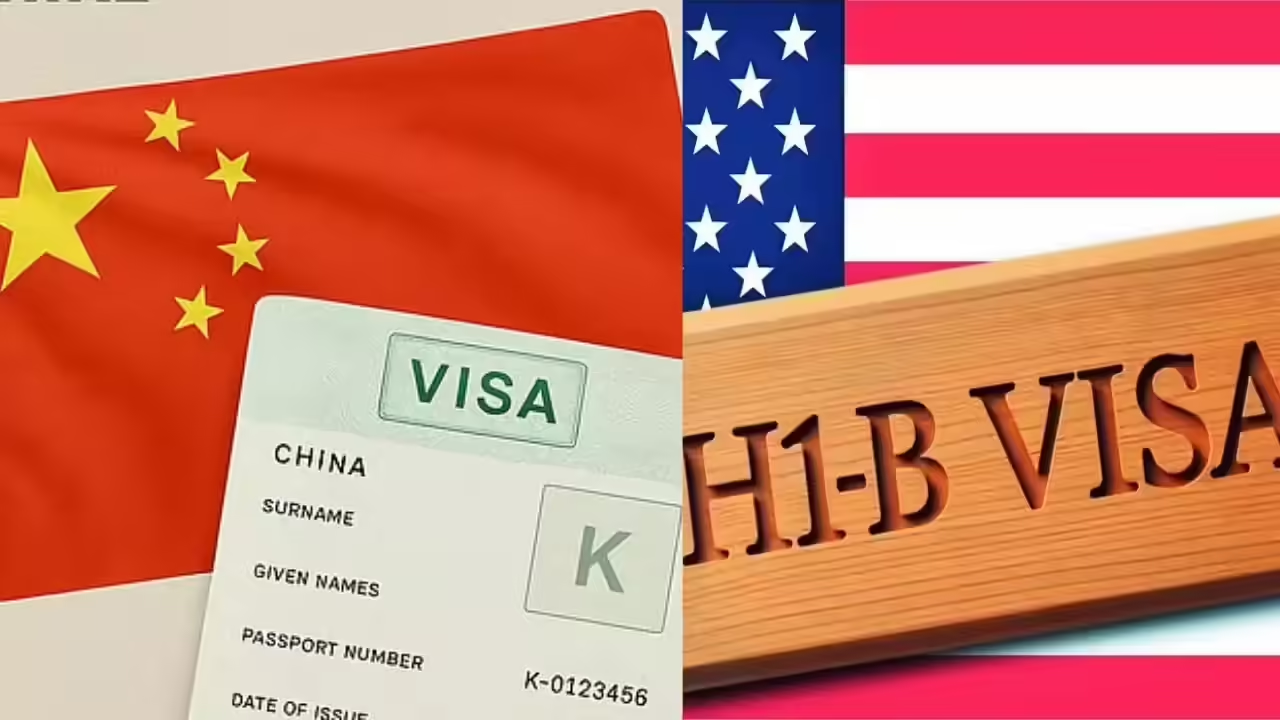Now Reading: China’s K Visa: A Competitive Alternative to the U.S. H-1B for Global STEM Talent
-
01
China’s K Visa: A Competitive Alternative to the U.S. H-1B for Global STEM Talent
China’s K Visa: A Competitive Alternative to the U.S. H-1B for Global STEM Talent

As of October 1, 2025, China has introduced the K visa, a new immigration pathway aimed at attracting young foreign professionals in science, technology, engineering, and mathematics (STEM) fields. This move comes in response to the U.S. administration’s recent increase in H-1B visa application fees to $100,000, raising questions about the future of global talent mobility.
Understanding the K Visa
The K visa is designed to offer greater flexibility than traditional work visas. It allows young STEM graduates to enter, reside, and work in China without the need for employer sponsorship. This approach contrasts with the U.S. H-1B visa, which requires employer sponsorship and is subject to an annual cap and lottery system.
Key Features of the K Visa
- No Employer Sponsorship Required: Applicants can apply independently, providing more freedom to explore various opportunities within China.
- Targeted at Young STEM Professionals: The visa focuses on individuals with expertise in cutting-edge fields such as artificial intelligence, quantum computing, and green technology.
- Multiple Entry and Long-Term Stay Options: The K visa offers the possibility of longer stays and multiple entries, facilitating ease of movement for professionals engaged in research, business, or academic exchanges.
- Competitive Application Fees: While specific fees are yet to be announced, the K visa is expected to be more affordable compared to the U.S. H-1B visa, which now carries a $100,000 application fee.
Implications for Indian Professionals
India has been a significant contributor to the U.S. H-1B visa pool. With the new fee structure, many Indian professionals may find the K visa an attractive alternative. China’s emphasis on STEM fields aligns well with India’s strengths in technology and engineering, potentially offering new avenues for career growth and collaboration.
Conclusion
China’s introduction of the K visa represents a strategic move to position itself as a global hub for STEM talent. While it offers a compelling alternative to the U.S. H-1B visa, the success of the K visa will depend on the clarity of its implementation, the benefits it offers, and how it is perceived by the global professional community. As the landscape of international talent mobility evolves, professionals worldwide will need to consider all available options to make informed decisions about their careers.

























